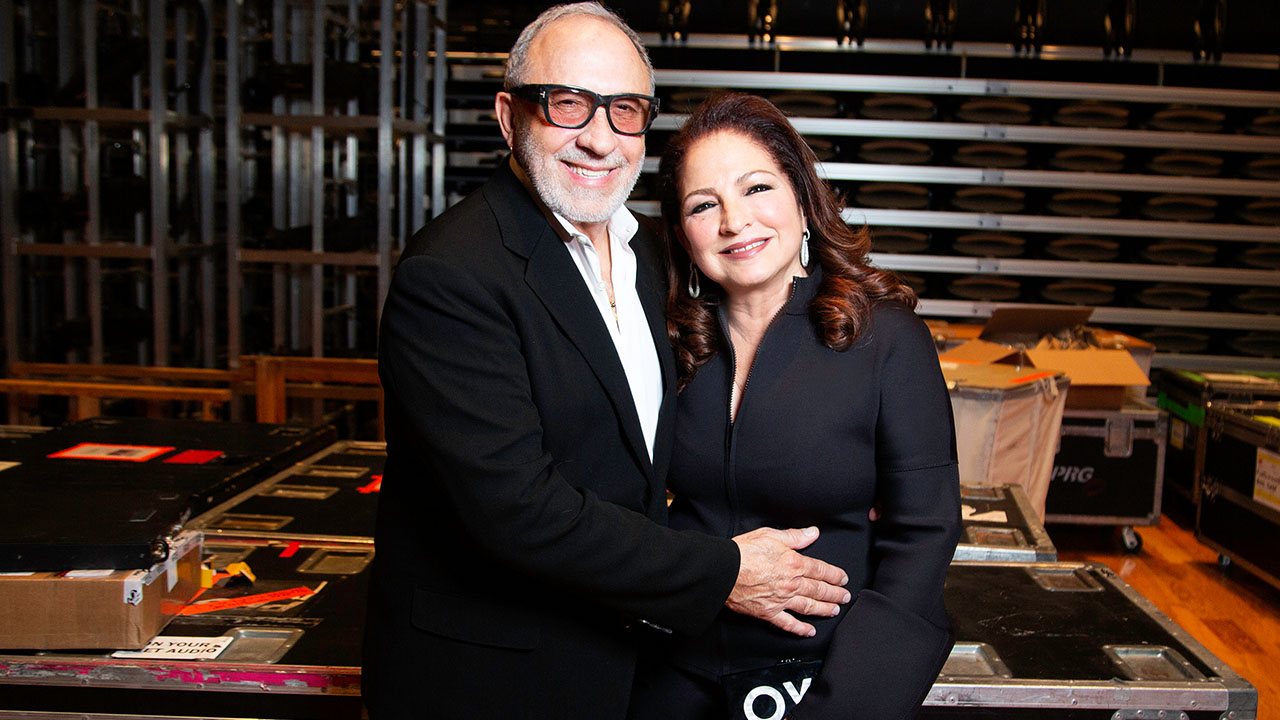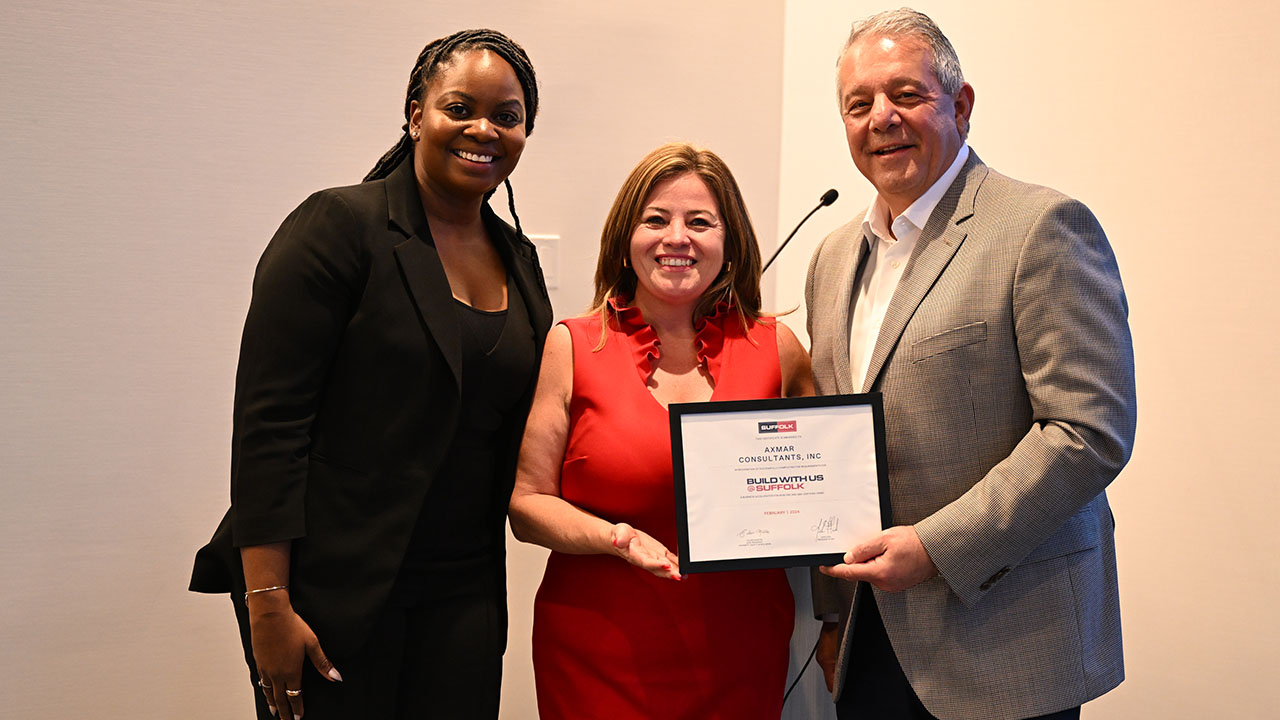Dear Mr. Berko: My stockbroker wants me to buy 200 shares of Bank of America for my individual retirement account and keep them for the long term. I read your column regularly, but I’ve never seen any advice from you about Bank of America. What do you think? — NL, Durham, N.C.
Dear NL: With the exception of several of Bank of America’s preferred stocks — including its 7.25 percent noncumulative perpetual convertible preferred stock (BAC.PRL-$1,206), which I recommended on several occasions in 2009 and 2010, when it traded between the high $600s and the low $700s — I’ve never written a positive comment about Bank of America.
Today’s Bank of America (BAC-$14) was created by the 1998 merger of NationsBank and BankAmerica. Then the troubles began. Shareholders demanded higher revenues, higher earnings and a higher dividend. But the business climate wouldn’t cooperate, so management, feeling the pressure, began to screw its customers every way, including loose, and then imploded.
Back in 2007, BAC had 328,000 employees, 6,872 offices (occupying 70 million square feet), 19 different credit cards, 44 different savings accounts, 138 kinds of home loans, 23 distinct checking accounts and a bewildering melange of toxic products (including Merrill Lynch), all of which were toys for former CEOs Hugh McColl and Ken Lewis. Include the billions of dollars in subprime and brother-in-law mortgages BAC had under the Countrywide name and you’ll understand that owning BAC was like having a virulent case of smallpox. Making matters worse, BAC was so labyrinthine and bloated that if its West Coast branches were shuttered, it would take 11 days for the news to reach BAC’s East Coast (Charlotte, North Carolina) headquarters. And since 2008, BAC has entered into 51 major legal settlements, which cost shareholders over $90 billion in fines and legal costs. There are still unsettled claims for credit card and checking account fraud, regulatory and securities fraud, insider trading, money laundering, tax evasion, and foreign exchange, Libor and privacy fraud. But those are nickel-and-dime fines.
All that said, today BAC is showing a different face. The presumptive crook Angelo “Orange Face” Mozilo is gone. Hugh McColl is raising cattle in Texas. And in March 2014, Ken “Bad Boy” Lewis was fined $10 million and banned from serving on the board of a public company for three years. Brian Moynihan, appointed CEO in 2009, was dealt an unplayable hand and is doing a yeoman’s job of sorting through the trash. Moynihan closed 3,000 branches, furloughed 111,000 employees and reduced rented floor space by 44 million square feet. Moynihan spent $46 billion to repair damages from Countrywide’s subprime garbage and eliminated a bewildering thicket of products and systems left over from acquisitions negotiated by McColl and Lewis. So far, this grand Irishman has reduced quarterly operating expenses by $3.1 billion — which ain’t chopped liver, especially if multiplied by four.
I still don’t care much for BAC, but I dislike it less today than I did six years ago. This year’s share income of $1.30 will be pennies less than last year’s $1.33. Next year looks much better, and profitability seems to be rebounding. Potential higher interest rates and healthy loan growth should boost BAC’s net interest income, which has been declining for several years. BAC’s nationwide wealth management unit may continue to grow higher revenues and profits. And because BAC pays only 0.12 percent on its $1.2 trillion in commercial deposits, its funding is dirt-cheap. Return on assets should improve to 0.76 percent from 0.7 percent, and return on shareholder equity is on the way to happier days. And BAC’s pervasive presence among its rivals, with branches all over the country, gives it a geographic diversification that most banks lack. BAC’s past problems seem to have vaporized into the ether.
BAC could be an attractive buy today. Wall Street suggests BAC could earn $1.50 to $1.55 a share next year, and the 20-cent dividend, which will be raised to 23 cents this year, may be raised to 27 cents next year. Several bank analysts reckon that by 2020, BAC will have earnings exceeding $2 a share and pay a 42-cent dividend. So with the shares trading at 10 points below book value, BAC might be a decent long-term investment, and the shares could double by 2020. Vanguard, Dodge & Cox, Wellington, J.P. Morgan and BlackRock seem to agree.
Please address your financial questions to Malcolm Berko, P.O. Box 8303, Largo, FL 33775, or email him at mjberko@yahoo.com. To find out more about Malcolm Berko and read features by other Creators Syndicate writers and cartoonists, visit the Creators Syndicate website at www.creators.com.
COPYRIGHT 2016 CREATORS.COM














